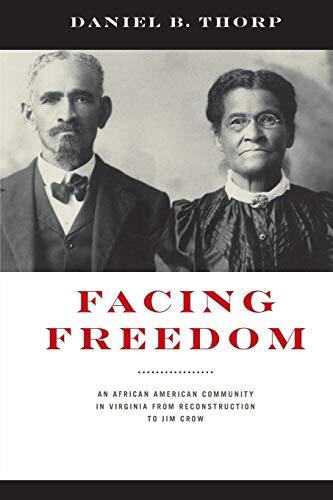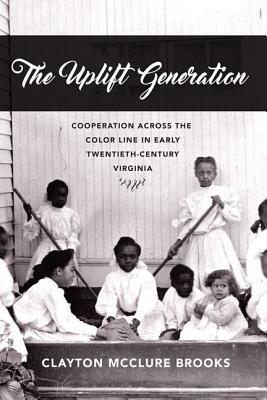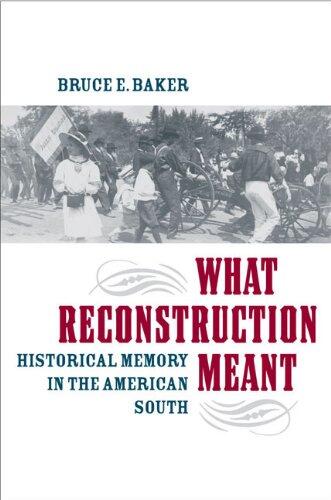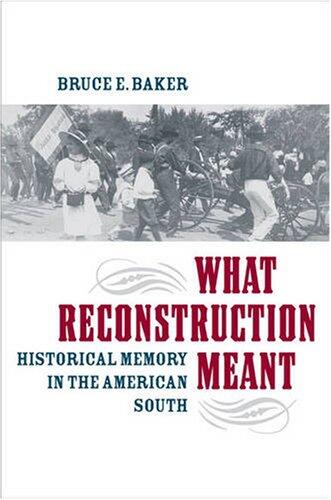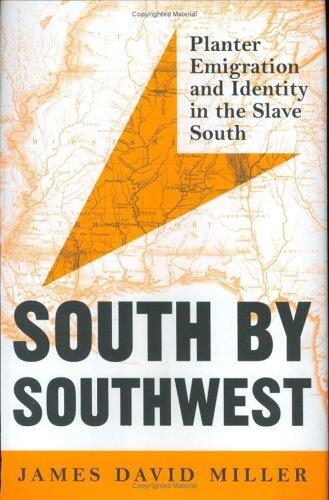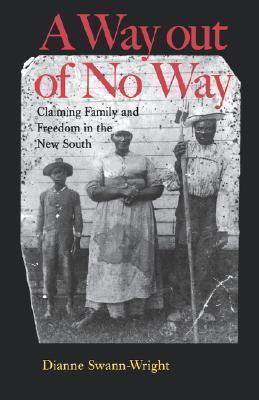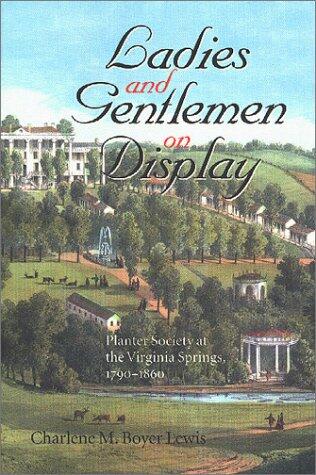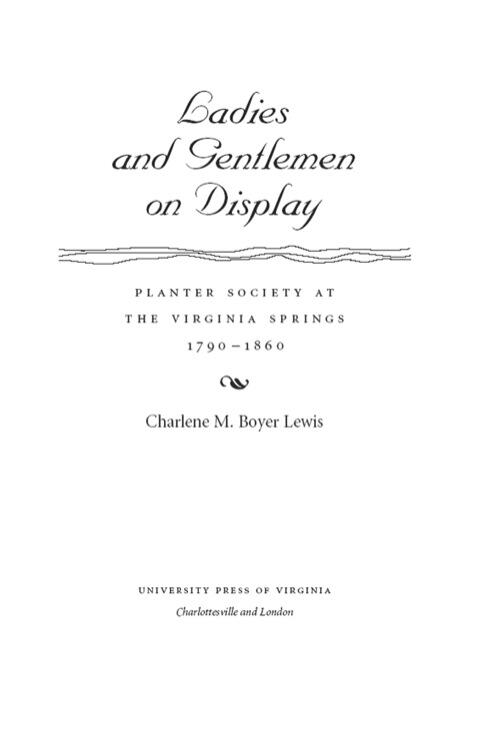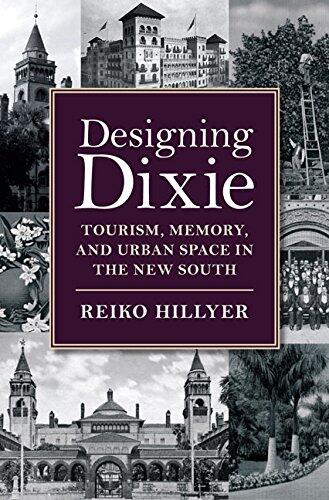
Designing Dixie: Tourism, Memory, and Urban Space in the New South
작성자
Reiko Hillyer
아직 평점이 없습니다
Action & Adventure
History
Business & Economics
형식
하드커버
페이지
280
언어
영어
출판됨
Dec 29, 2014
출판사
University of Virginia Press
판
First Edition
ISBN-10
0813936705
ISBN-13
9780813936703
설명
Reiko Hillyer's exploration of the American South delves into the intricate relationship between tourism, memory, and urban space in the contemporary context of the region. Through a careful examination of how history and heritage are packaged for visitors, she reveals the underlying narratives that shape the identity of Southern cities. Her analysis offers insights into how places are developed to attract tourism while simultaneously influencing the collective memory of their residents.
The narrative navigates through various Southern locales, illustrating how the past is often romanticized or commodified to enhance tourism. Hillyer emphasizes the ways in which urban spaces are transformed, reflecting a blend of economic aspirations and cultural narratives. By showcasing specific case studies, she illuminates the tensions between authenticity and entertainment as communities grapple with their historical legacies.
As readers engage with her work, they are prompted to consider the implications of tourism on community identity and memory. The book encourages reflection on how urban spaces are not merely backdrops for tourism, but vital components of a community's memory and cultural expression.
Hillyer's compelling prose and thorough research reveal the dynamic interplay between visitors and locals, challenging perceptions of the South and inviting a deeper understanding of its complexities. Through her lens, readers gain a richer appreciation for the ways in which designs and narratives shape the ongoing story of the New South.
The narrative navigates through various Southern locales, illustrating how the past is often romanticized or commodified to enhance tourism. Hillyer emphasizes the ways in which urban spaces are transformed, reflecting a blend of economic aspirations and cultural narratives. By showcasing specific case studies, she illuminates the tensions between authenticity and entertainment as communities grapple with their historical legacies.
As readers engage with her work, they are prompted to consider the implications of tourism on community identity and memory. The book encourages reflection on how urban spaces are not merely backdrops for tourism, but vital components of a community's memory and cultural expression.
Hillyer's compelling prose and thorough research reveal the dynamic interplay between visitors and locals, challenging perceptions of the South and inviting a deeper understanding of its complexities. Through her lens, readers gain a richer appreciation for the ways in which designs and narratives shape the ongoing story of the New South.



